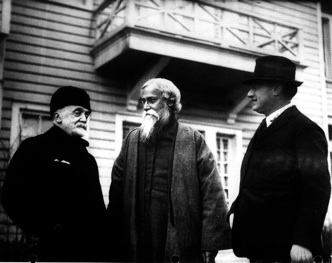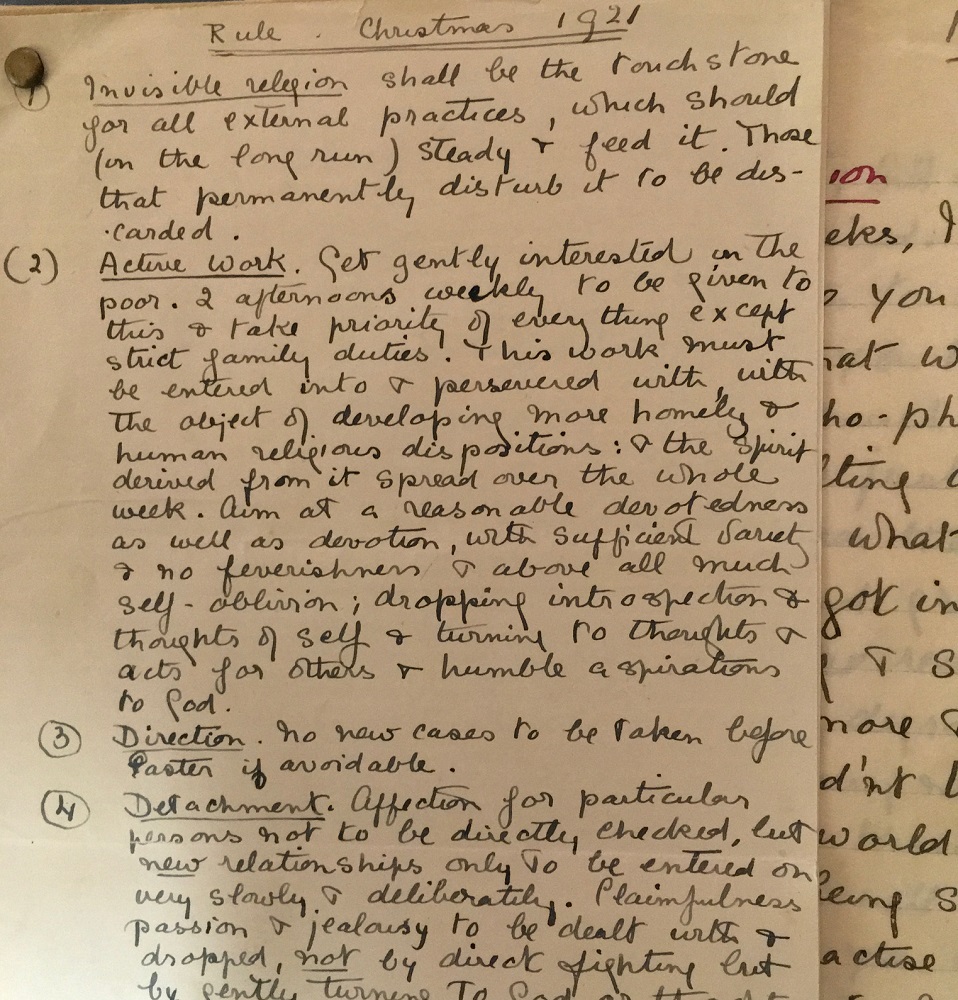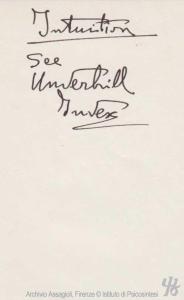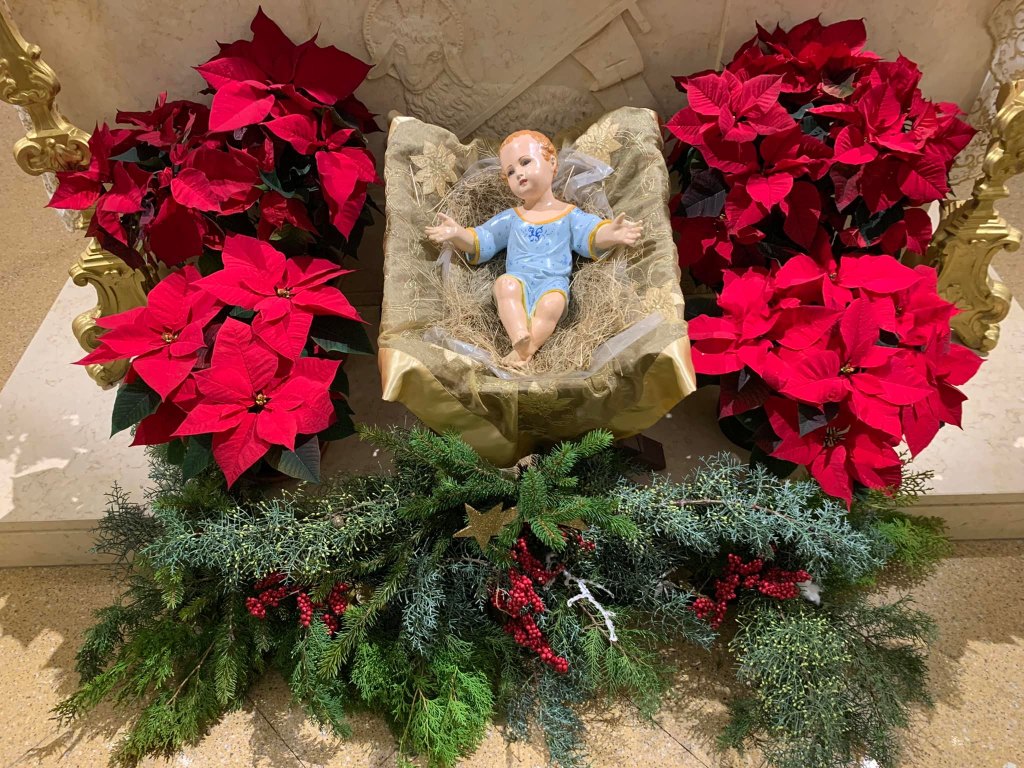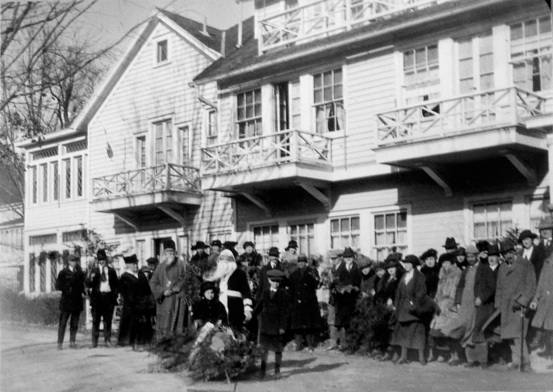
More than 100 years ago, Rabindranath Tagore, winner of the 1913 Nobel Prize for Literature, spent five months in the United States trying to raise money for his newly founded Visva-Bharati University. He was mostly unsuccessful, in part, because British officials in the USA were discreetly working against him, dissuading rich benefactors from donating. This subtle sabotage was mainly because, after the Amritsar massacre in 1919, Tagore had renounced his knighthood.
At Christmas Tagore happened to be staying as a guest at Yama Farms Inn in the Catskill Mountains north of New York City. Located on 1300 acres, Yama Farms Inn had 40 rooms. It was a kind of retreat hotel for industrialists who could go there and enjoy the company of intellectuals without any fuss about their millions. It was the kind of place where you could find Mr. Colgate, Mr. Eastman, and J.D. Rockefeller. Previous guests had been Thomas Edison and the naturalist John Burroughs.
While Tagore was there, he was outside the inn at the same time J.D. Rockefeller was waiting for his car. When Rockefeller saw Tagore, he gave him a dime. Later Rockefeller told the owner of Yama Farms that he had given a dime to “an old Negro.” Tagore is said to have later asked two Russian artists, “Isn’t it odd…Do I look like a tramp?”
Tagore wrote this pained letter to his friend and confident Charles Freer Andrews from Yama Farms on Christmas Day:
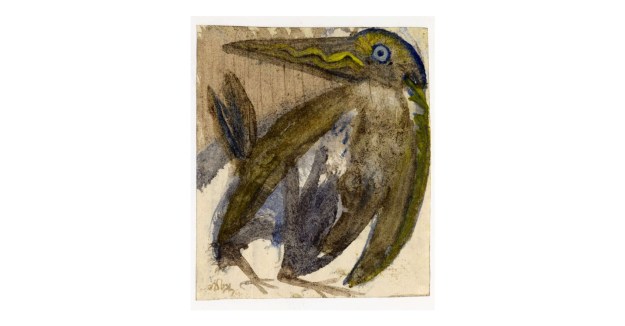
Near New York, December 25th, 1921
To-day is Christmas Day. We are about forty-five guests gathered in this inn from different parts of the United States. It is a beautiful house, nestling in the heart of a wooded hill, with an invitation floating in the air of a brook broadening into a lake in the valley. It is a glorious morning, full of peace and sunlight, of the silence of the leafless forest untouched by bird songs or humming of bees.
But where is the spirit of Christmas in human hearts? The men and women are feeding themselves with extra dishes and laughing extra loud. But there is not the least touch of the eternal in the heart of their merriment, no luminous serenity of joy, no depth of devotion. How immensely different from the religious festivals of our country! These Western people have made their money but killed their poetry of life. Here life is like a river, that has heaped up gravel and sand and choked the perennial current of water that flows from an eternal source on the snowy height of an ancient hill. I have learnt since I came here to prize more than ever the infinite worth of the frugal life and simple faith. These Western people believe in their wealth, which can only multiply itself and attain nothing.
How to convince them of the utter vanity of their pursuits! They do not have the time to realize that they are not happy. They try to smother their leisure with rubbish of dissipation, lest they discover that they are the unhappiest of mortals. They deceive their souls with counterfeits, and then, in order to hide that fact from themselves, they artificially keep up the value of those false coins by an unceasing series of self-deceptions.
My heart feels like a wild-duck from the Himalayan lake lost in the endless desert of Sahara, where sands glitter with a fatal brilliance but the soul withers for want of the life-giving spring of water.
